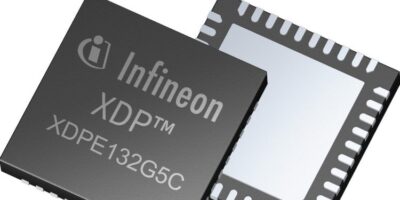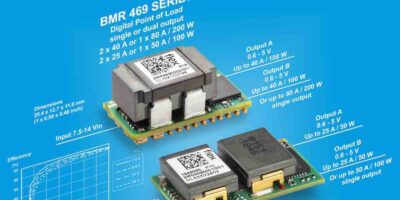Machine learning (ML) inference software from Synopsys is optimised for low power IoT applications that use convolutional neural networks (CNNs) and recurrent neural networks (RNNs).
The embARC Machine Learning Inference (MLI) software library supports the energy-efficient Synopsys DesignWare ARC EM DSP and HS DSP processors. It is claimed to boost performance up to 16X for 2D convolution layers compared to unoptimised implementations and accelerates RNNs up to a factor of five for a range of topologies, including those built with long short-term memory (LSTM) cells.
The embARC Machine Learning Inference software library is designed to help developers create power-efficient neural network system on chip (SoC) designs incorporating Synopsys’ DesignWare ARC EM and HS DSP processor IP. The software library provides developers with optimised functions to implement neural network layer types, significantly reducing processor cycle counts for applications that require low power and area, such as voice detection, speech recognition, and sensor data processing, says Synopsys.
The embARC MLI software library is available through embARC.org, a dedicated website that provides software developers access to free and open source software, drivers, operating systems, and middleware supporting ARC processors.
The embARC MLI software library supports ARC EMxD and HS4xD processors and provides a set of kernels for effective inference of small- or mid-sized machine learning models. It enables the efficient implementation of operations such as convolutions, long short-term memory (LSTM) cells, pooling, activation functions such as rectified linear units (ReLU), and data routing operations, including padding, transposing, and concatenation, while reducing power and memory footprint.
Synopsys cites the example of low-power neural network benchmarks such as CIFAR-10 running on an ARC EM9D processor which can achieve up to a four fold reduction in cycle count compared to competitive processors in the same class, claims Synopsys. The MLI library provides an average of three to five times performance improvement across a wide range of neural network layers, such as depth-wise 2D convolution, fully connected, basic RNN cells, and LSTM cells with a maximum performance boost of up to 16X for 2D convolution layers.
Picture credit: iStock









